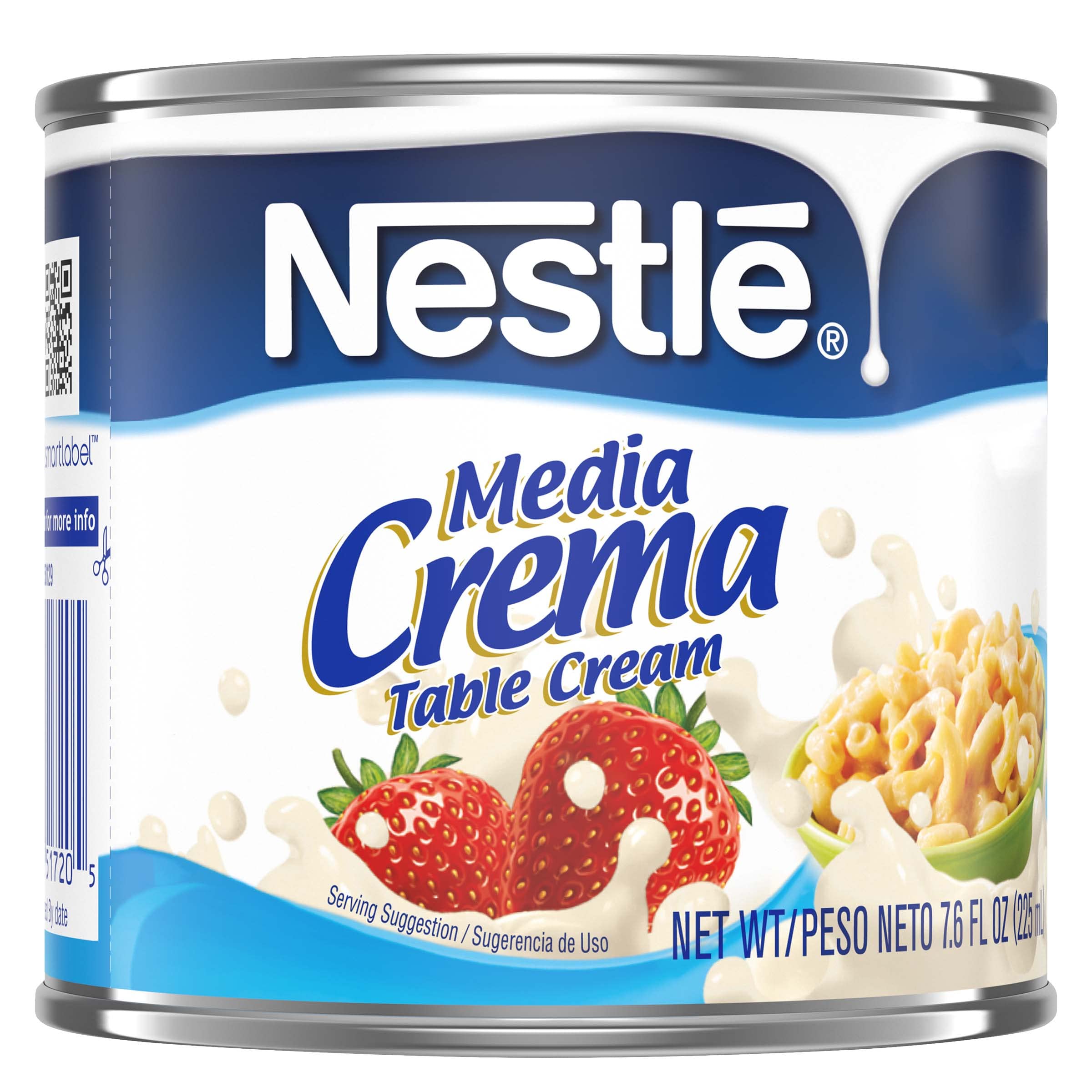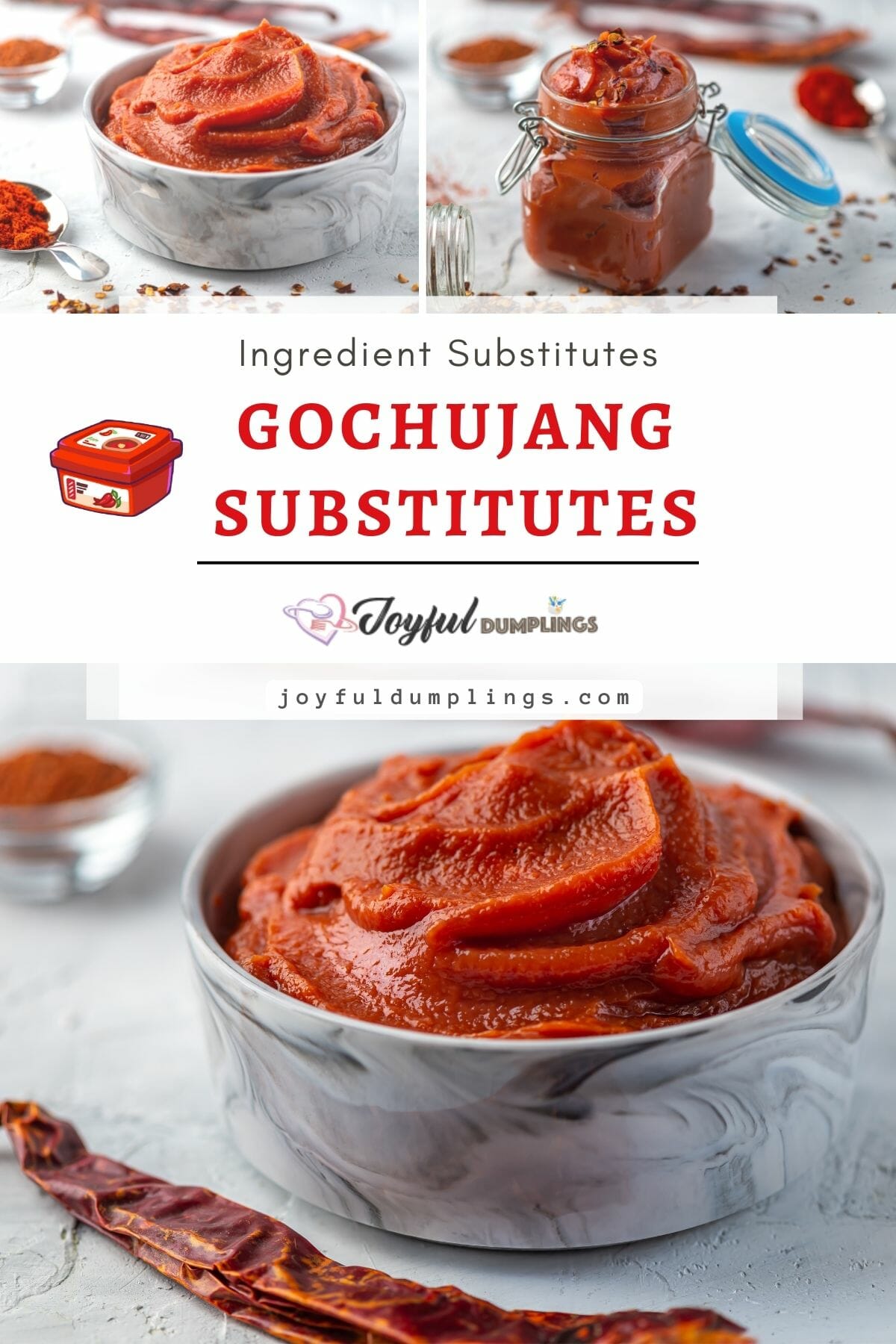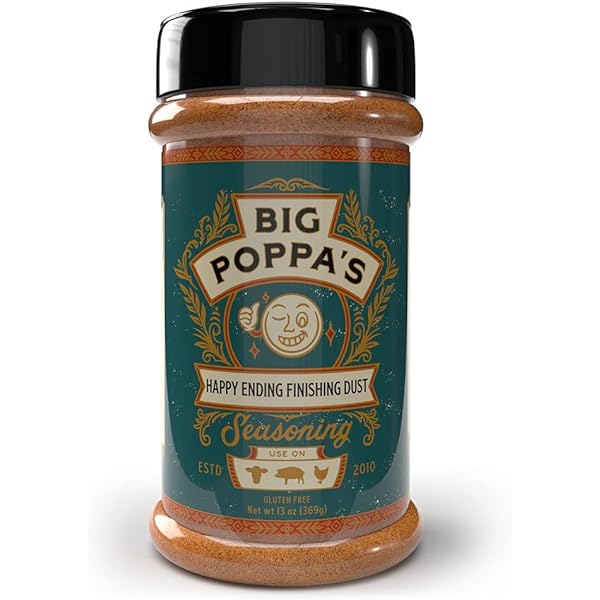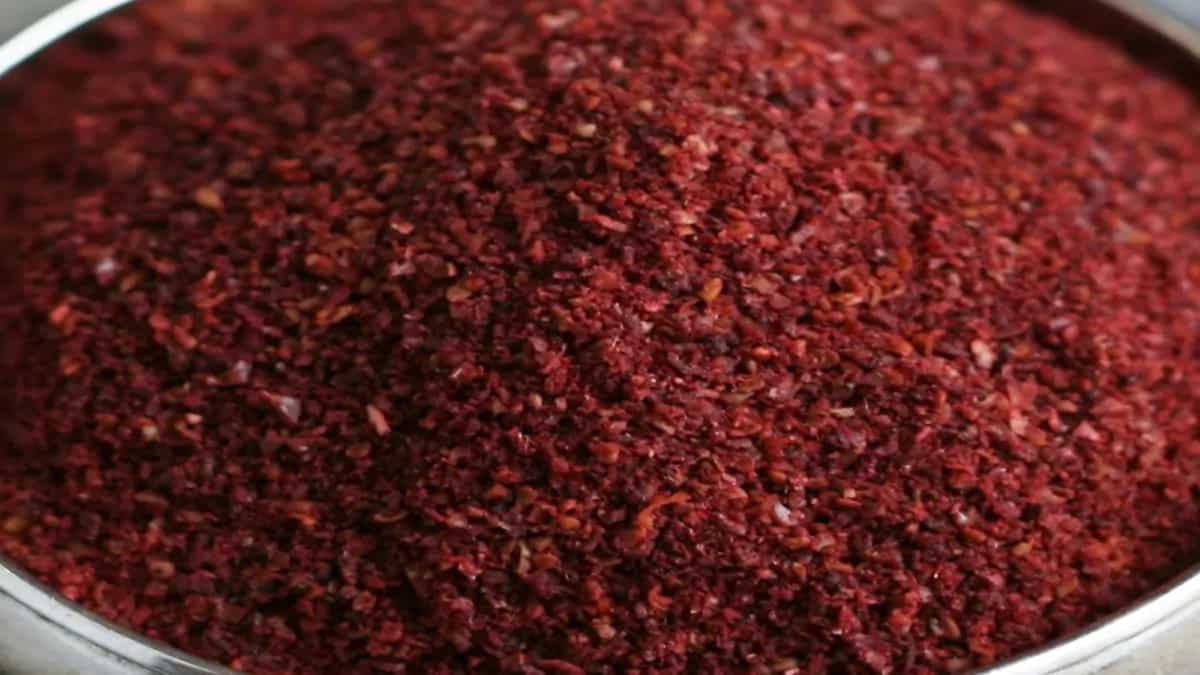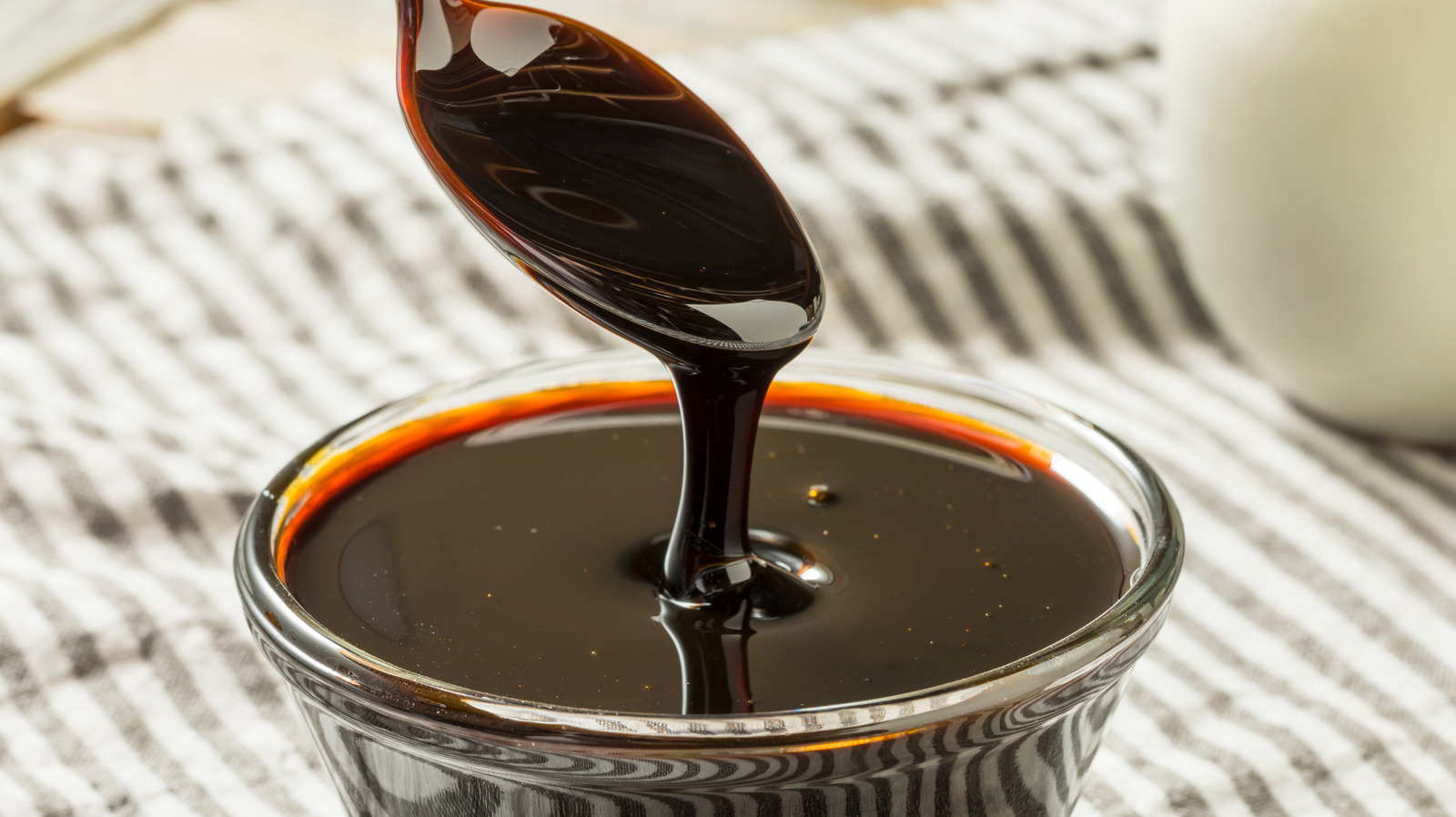Tex Mex Paste: Unlocking the Secrets of Authentic Southwestern Cuisine
– The Tex Mex paste is a concentrated blend of pureed tomatoes, onions, and chili peppers combined with a six-spice blend.
– Recipe ideas include using the paste in marinades, creating a zesty sauce, and adding it to taco meat.
– Three recommendations for substitutes are given: tomato paste with chili powder, dry spice rub with chili powder, and pureed chipotles.
– The main ingredient in Tex Mex paste is fire-roasted tomato puree.
– Tex Mex paste is not sold individually by Hello Fresh, it is only available as part of a meal package.
– A copycat recipe for Tex Mex paste is provided, including a spice blend consisting of salt, chili powder, cumin, paprika, onion powder, coriander, and oregano.
– The paste can be refrigerated for 3-4 days or frozen for later use.
– The tex mex paste can be used as a marinade, sauce, and seasoning.
– Equipment needed includes a small or medium-sized food processor or blender, and an immersion blender (optional).
– The nutritional information per serving (100g) includes energy, calories, fat, saturated fat, carbohydrate, sugar, dietary fiber, protein, cholesterol, and sodium.
– The paste includes red chili pepper puree, onion puree, salt, soybean oil, sugar, tomato powder, chipotle chile, cocoa powder, garlic powder, and other natural flavors.
– The recipe involves roasting garlic, combining spices, pureeing garlic and onion, adding other ingredients in a pot, simmering for 15-20 minutes, using an immersion blender for smoother consistency, and allowing it to cool fully.
– The paste can be enjoyed with Tex-Mex recipes or stored in the refrigerator or freezer for later use.

